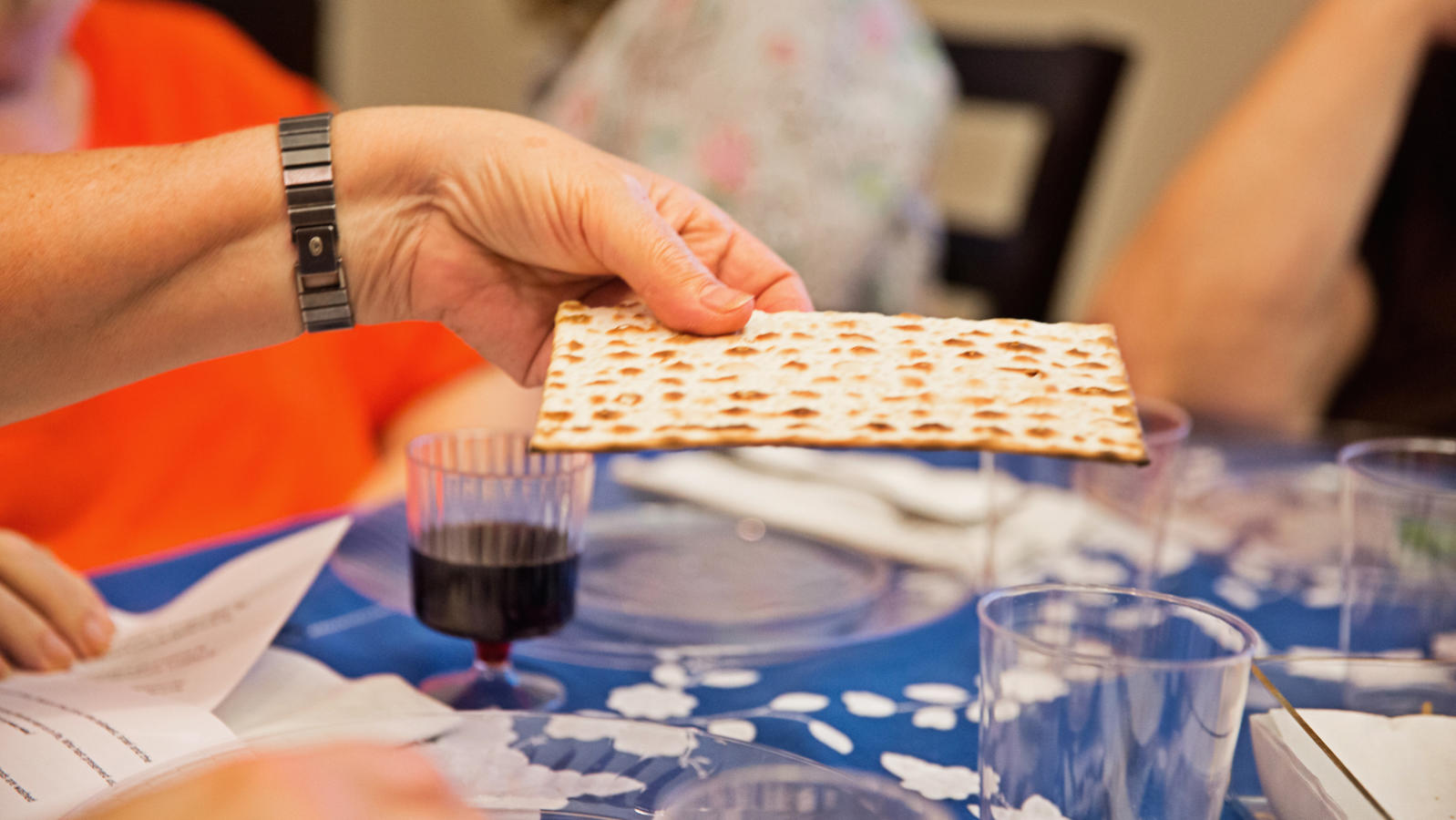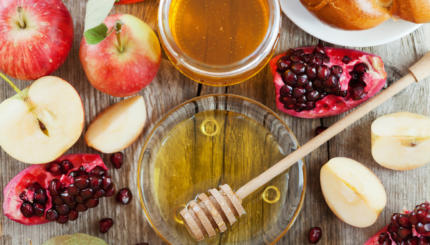Unleavened bread was one of the foods the Jews in Egypt were commanded to eat along with the paschal lamb (Exodus 12:8). In commemoration of that first seder meal, and the haste in which the Israelites left Egypt — giving them no time to allow their bread to rise — we eat matzah at the seder (and instead of bread throughout the holiday).
The Symbolism of the Number Three
It is customary to have three pieces stacked on the table. Two are traditional for Sabbath and festivals (when we usually use two challot), as a reminder of the double portion of manna (food from heaven) the Israelites gathered before every day of rest in the desert (Exodus 16:11-22). We need the third on Passover to break at the beginning of the [seder] service.
The number three is also said to have symbolic significance. Among other things, the number represents the three measures of fine meal from which Sarah baked cakes for her husband Abraham’s three angelic visitors (Genesis 18:6), the three categories of Jews — Kohen, Levi, and Yisrael — that make up the Jewish people, or the three patriarchs, Abraham, Isaac, and Jacob, by whose merit we were redeemed from Egypt and whose covenant with God we were redeemed to fulfill.
In recent years, it has become popular to add an additional sheet of matzah, representing hope for Jews still enslaved by oppression around the world.
Meaning of the Matzah
Matzah is one of those wonderful transcendent ritual items in Judaism, a symbol embodying a duality to teach a moral lesson. At the beginning of the seder, we break one of the sheets of matzah and call it the bread (lekhem) of affliction (oni). It is the meager sustenance of slaves, the meanest fare of the poor, the quickly produced food of those who make a hurried, under-cover-of-dark getaway. Yet later, it represents freedom, the bread we ate when we were liberated from Egyptian bondage.
In both situations, as slaves in Egypt and once we were free, we ate the same flat wafers. What was different was our own attitude when we ate: cowering, accepting our subservience, then claiming our rightful dignity as human beings equal before God. Just as we transform mentally and physically, the symbol of our status is transformed.
Excerpted from Celebrate! The Complete Jewish Holiday Handbook. Reprinted with permission of the publisher (Jason Aronson Inc.)



